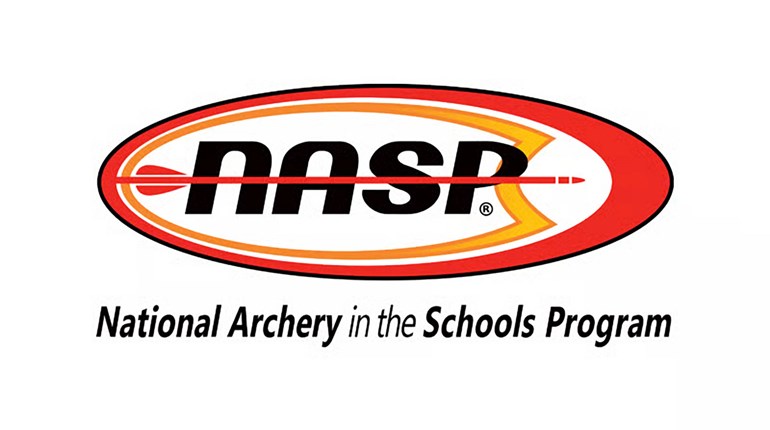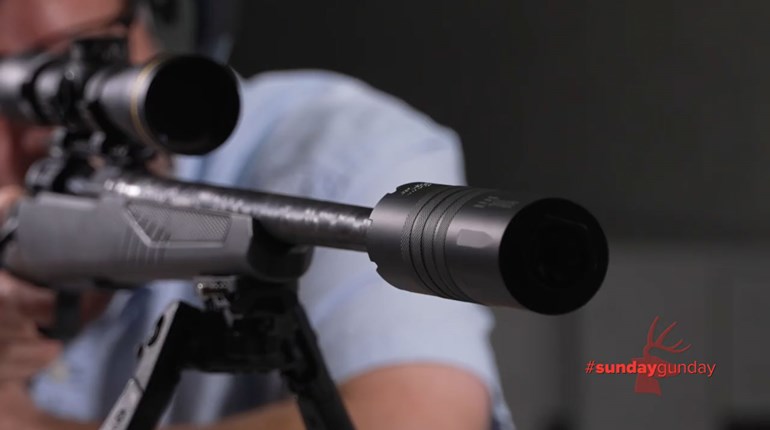
If you've been reading earlier installments of the science of ammunition, then you already know that when ignited, primers produce hot, high-velocity gas and that the ignition potential of a primer comes from the volume, temperature and velocity of this gas. But there's more to know! Here, in no particular order, are three things you may not have known about how primers work..
1. Some primers are fortified with metallic solids, such as powdered magnesium or aluminum metal that produce a shower of white-hot particles to aid propellant ignition. But all of them consist of a high-explosive base material mixed with stabilizers, solvents, frictioning materials, binding agents and other chemical compounds. Most modern, non-corrosive primers are based on compounds containing either normal or basic lead styphnate. Basic lead styphnate is used only on a limited basis, because most ammunition manufacturers (including military arsenals) use normal lead styphnate. Lead-free primers are based on diazol compounds and contain no heavy metals.
2. The exact chemistry and amount of priming composition in primers varies according to the manufacturer and the specific application. Because of these variations, different brands of primers may produce different levels of velocity and/or accuracy with a given powder charge, bullet and firearm. For example, magnum primers may have more priming composition than standard primers, in order to ignite large charges of slow-burning propellants. For this reason, if you're reloading, always use the exact primer specified in the reloading data!
3. "Brisance" is a term often mistakenly used as a synonym for primer potency (or mistakenly identified by spellcheck programs as not being a real word). Not only is it a real word, brisance actually refers to the shattering effect of the sudden release of energy in an explosion. However, propellant powders are designed to burn with their powder granules intact, not shattered by the ignition of the primer. For igniting propellants, high brisance is an undesirable primer property. For this reason, very small quantities (a maximum of 45 milligrams) of priming compounds are normally used for ignition purposes.







































